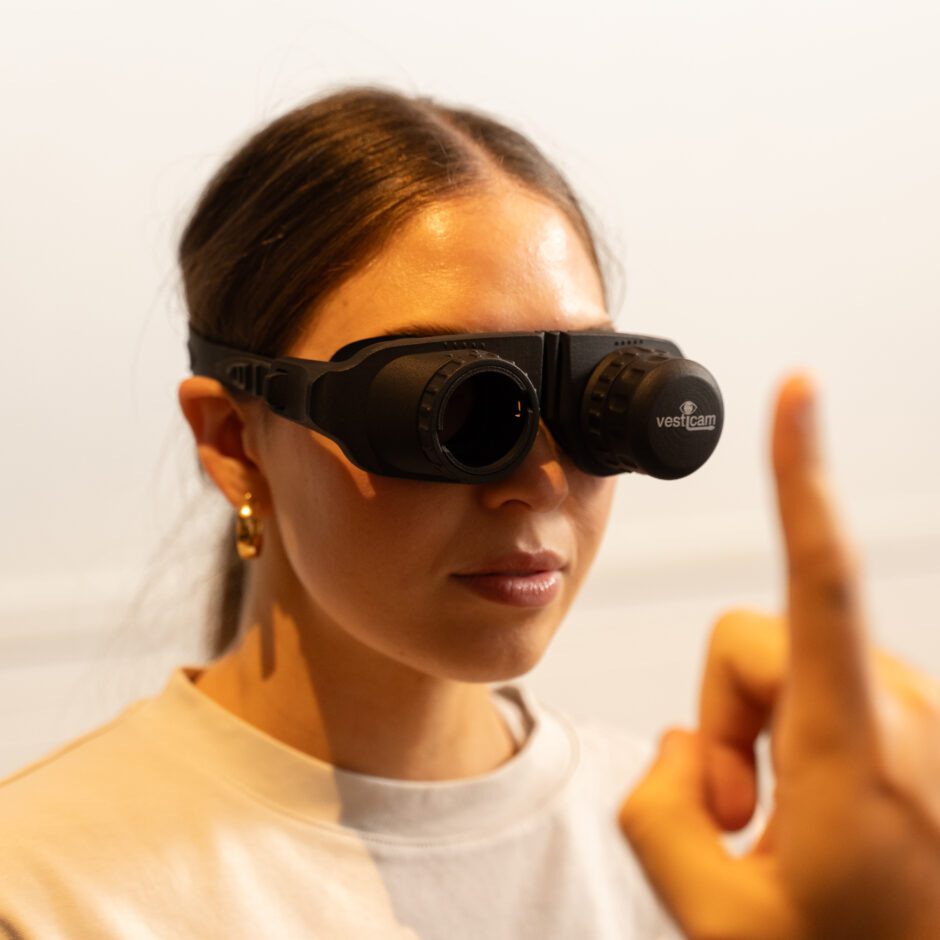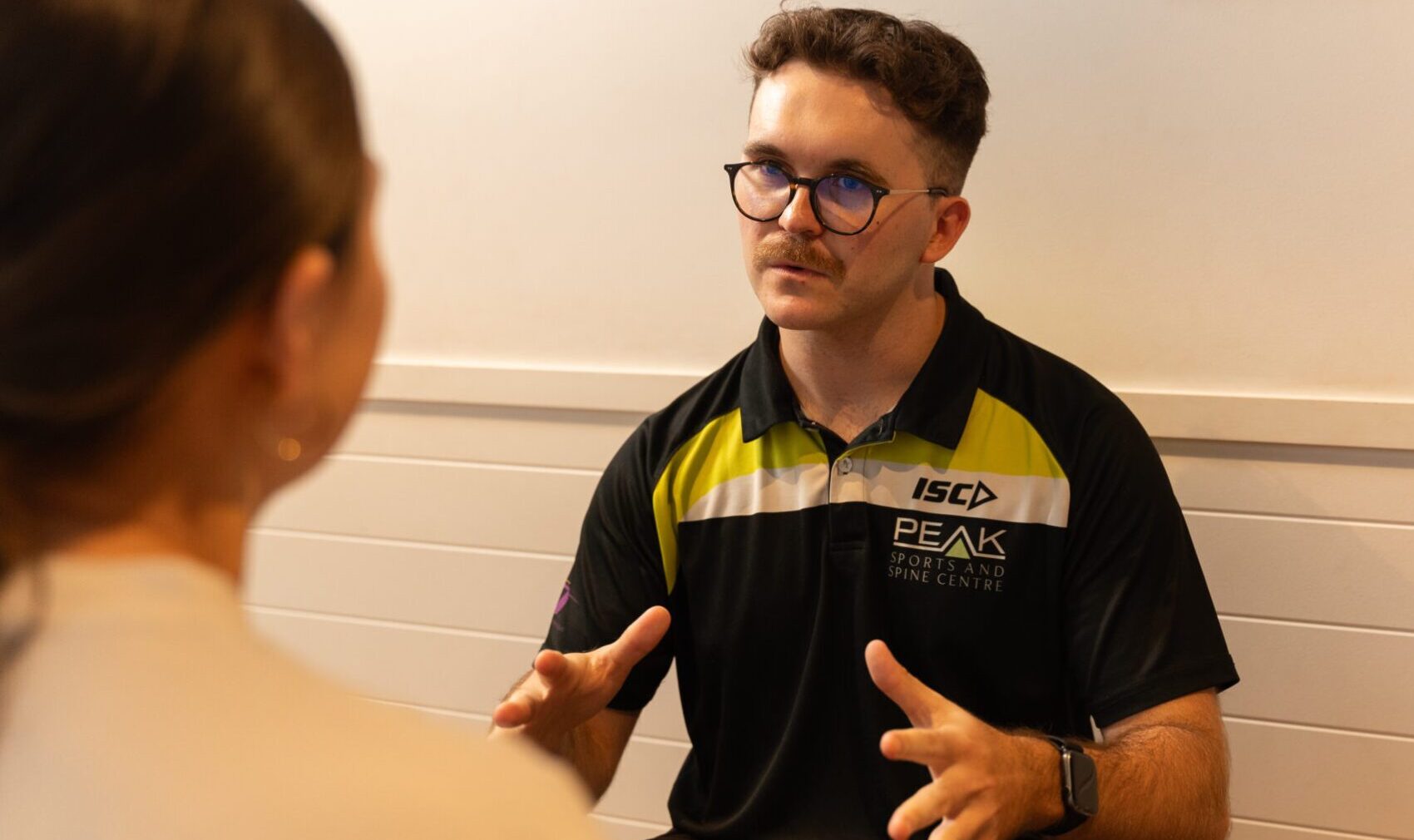Signs and Symptoms of Vestibular Migraine
Vestibular migraine can present a complex mix of symptoms, which may include:
- Episodes of vertigo or dizziness: These can last from a few minutes up to several hours. During an episode, you might feel a spinning sensation (vertigo) or a less specific dizziness/off-balance feeling.
- Migraine headaches (sometimes): Many, but not all, vestibular migraine patients get traditional migraine headaches as well. These headaches are often one-sided, throbbing, and accompanied by nausea, light or sound sensitivity. However, it’s possible to have vestibular migraine with dizziness and no headache at times.
- Nausea or vomiting: Motion-induced nausea is common during vertigo episodes.
- Sensitivity to light, sound, or motion: Bright lights or loud environments might trigger an episode or make you feel unwell (even if you don’t have a headache at that moment). You may also feel extremely motion sick in cars or on elevators/escalators.
- Visual disturbances: You could experience typical migraine auras (such as seeing zigzag lines or flashes) before a dizzy spell. Some also report visual motion sensitivity – for instance, feeling disoriented in busy visual environments like shopping centers.
- Ear-related symptoms: While not as pronounced as in Meniere’s disease, some vestibular migraine patients report mild ringing in the ears (tinnitus), a feeling of ear fullness, or muffled hearing during attacks.
- Balance problems: Even between vertigo episodes, you might feel a bit unsteady or “wobbly,” especially right after an episode when your system hasn’t fully settled.
These symptoms can vary widely from person to person. You might have long stretches without problems, then a cluster of episodes, making it unpredictable.
Impact on Your Life
Vestibular migraine’s unpredictable nature can be challenging:
- Unpredictability leads to anxiety: Not knowing when dizziness might strike can create a constant background worry. You might find yourself avoiding certain activities or places “just in case” – for example, skipping hikes or not going out on boats, avoiding crowded venues, or traveling only if you have someone with you.
- Challenges at work: If your job involves screens, reading, or moving around, vestibular migraines can interrupt your workflow. An episode might force you to lie down in a dark room, which isn’t exactly compatible with a normal workday. Even meetings can be hard if noise or fluorescent lights are triggers. This can hamper productivity and opportunities at work.
- Driving limitations: Many people with vestibular migraine are afraid to drive (or even temporarily advised not to) due to the risk of sudden dizziness. Losing the freedom to drive affects independence – simple things like grocery shopping or commuting become major hurdles.
- Social and family life: It’s frustrating to cancel plans with friends or family because you’re hit with a vertigo spell or fear one might happen. Over time, this can lead to social withdrawal. Family members might not fully understand what you’re feeling, since you “look fine,” which can strain relationships.
- Physical inactivity: If exercise (especially high-intensity or certain movements) tends to trigger dizziness, you might reduce your physical activity. Missing out on exercise can impact your mood, sleep, and overall health, as well as remove a key stress reliever from your routine.
- Emotional toll: Chronic vestibular migraine can be mentally exhausting. You might feel discouraged or depressed, particularly if you’ve seen multiple doctors or tried medications with limited success. The constant balancing act of avoiding triggers and managing symptoms can diminish your quality of life.
However, there is reason to be hopeful. Many patients see improvement through a combination of lifestyle changes, medical management, and targeted physiotherapy. Our approach is to empower you – giving you tools to reduce both the frequency and intensity of vestibular migraine episodes.
Physiotherapy for Vestibular Migraine at Peak Sports and Spine Centre
At Peak Sports and Spine Centre, we treat vestibular migraine with a holistic and customized plan. While migraine is a complex neurological condition, addressing the vestibular (balance) aspects through physiotherapy can greatly reduce your dizzy symptoms and improve your stability. Here’s how our physiotherapy for vestibular migraine works:
- Migraine Trigger Management: First, we’ll help you identify potential triggers for your vestibular migraines. Through discussion and perhaps a symptoms diary, patterns often emerge (such as certain foods, dehydration, lack of sleep, stress, or specific movements). While trigger avoidance alone may not cure you, it’s a piece of the puzzle. We’ll provide guidance on lifestyle modifications – like maintaining hydration, regular meal times to keep blood sugar steady, and stress-reduction techniques (deep breathing, relaxation exercises) to decrease the likelihood of attacks.
- Vestibular Rehabilitation Exercises: Just as with other vestibular disorders, we use targeted exercises to improve your balance and reduce dizziness sensitivity. This might include habituation exercises where we expose you gradually to movements or visual stimuli that provoke symptoms. For example, if rapid head turns to the right make you dizzy, we’ll gently practice that motion in a controlled way, teaching your brain to better tolerate it. Over time, you often notice fewer or less intense dizzy spells.
- Balance and Gait Training: Because vestibular migraine can leave you with residual unsteadiness, our therapy includes balance training. You’ll practice standing and walking tasks that challenge your balance (stepping over obstacles, turning, walking on different surfaces) under our supervision. We make it enjoyable and motivating – often turning these tasks into interactive games or using balance equipment. Improving your baseline balance gives you more confidence, so even if a mild dizzy wave hits, you’re steadier on your feet.
- Visual-Vestibular Integration: Many vestibular migraine patients have trouble processing visual motion. We might incorporate exercises using busy patterns or virtual reality environments to train your brain to handle visual stimulation better. One example is using a checkerboard or striped pattern: moving it in front of you while you keep your balance, gradually increasing speed as tolerated. Another example is practicing focusing on a target while your head and/or the background moves – re-training your eyes and inner ear to work together. These exercises are done in a controlled, progressive manner to avoid overwhelming you.
- Cervical Spine Treatment: Since neck tension and dysfunction can contribute to both headaches and dizziness, we’ll assess your neck mobility and muscle tone. Gentle manual therapy, stretches, and strengthening exercises for your neck and shoulders can alleviate a potential source of trigger. Many of our patients find that as their neck function improves, they have fewer headache flares and better posture, which in turn supports better balance.
- Education on Activity Modification (but not avoidance): We will coach you on how to remain as active as possible without provoking symptoms. For example, if high-impact exercise triggers you, we might recommend low-impact alternatives (like swimming or cycling) initially. We’ll also suggest strategies like warming up slowly, not exercising in extreme heat (if that’s a trigger), and building intensity gradually. The goal is to keep you moving – celebrating each bit of progress – because regular physical activity can actually decrease migraine frequency in the long run.
- Coordination with Medical Care: Vestibular migraine often benefits from a dual approach: physiotherapy plus medical management (like migraine preventive medications or supplements prescribed by your doctor). We ensure that our treatment aligns with your neurologist’s or GP’s plan. If you’re on medications, we’ll be mindful of any side effects (some migraine meds can cause drowsiness or affect balance) and schedule exercise at optimal times. We can also provide your doctor with reports on your progress. You’re not facing this alone – we’re part of your support team.
- Confidence and Coping Skills: Beyond the physical exercises, we work on building your confidence. We teach you what to do if you feel an episode coming on: for instance, positional strategies (sitting or lying in a safe position), breathing techniques to stay calm, or a short series of head/eye movements that might abort or reduce the spell. Having a plan in place can make you feel more in control and less fearful. Each successful management of a symptom is a victory we’ll acknowledge together.
Our physiotherapists combine scientific knowledge with a compassionate approach. Many of us have pursued advanced training in vestibular rehabilitation and migraine management, so you’re truly in expert hands. We stay upbeat and encouraging – because we’ve seen patients go from frequent debilitating vertigo attacks to getting back on their feet and even back to sports or travel. That journey is something to celebrate, and we’ll be with you every step of the way.
Let's get started — How can we help?
Physiotherapy
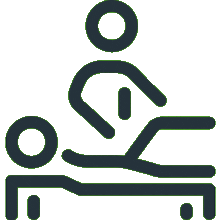
Chiropractic
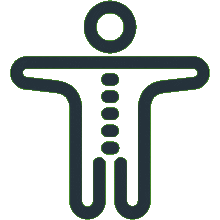
Podiatry
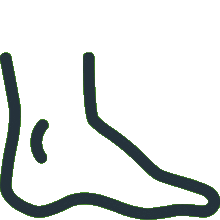
Massage Therapy
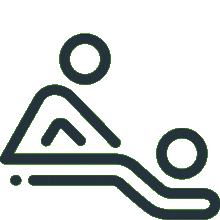
Women's Health Physiotherapy
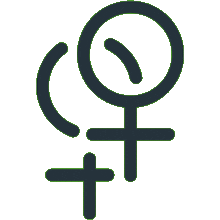
Running Program Tailored To Your Goals
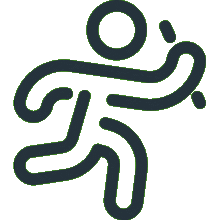
Joint Mobilisation
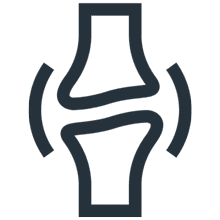
Active Release Technique
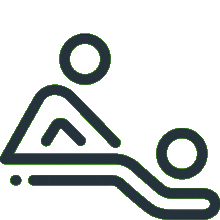
Exercise Prescription
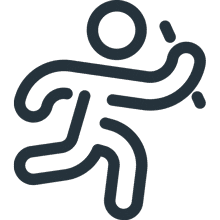
Real Time Ultrasound Imaging

Spinal Manipulation
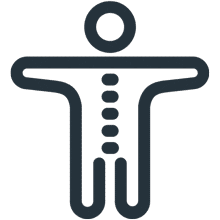
Functional Movement Screen
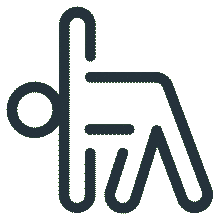
Knee Pain Treatment

Hamstring Strain Treatment
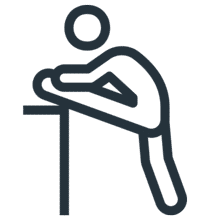
Hip Pain Treatment

Upper, Middle & Lower Back Pain

Neck Pain Treatment

Shoulder Pain & Rotator Cuff Tear

Can't find what you're after?
View all ServicesOr email the PEAK team at info@peakssc.com.au
Hawthorne
- Phone: (07) 3399 3318
- Fax: (07) 3319 6577
Address
5/171 Riding Road,Hawthorne, QLD, 4171 Get Directions
Opening Hours -
6 days per week
- Monday - Friday: 7:00 am - 8:00 pm
- Saturday: 7:00 am - 1:00 pm
To make a booking outside of business hours, please use our form by clicking here.
New Farm
- Phone: (07) 3399 4668
- Fax: (07) 3319 6577
Address
1/15 Lamington Street,New Farm, QLD, 4005 Get Directions
Opening Hours -
6 days per week
- Monday: 7:00 am - 8:00 pm
- Tuesday: 7:00 am - 8:00 pm
- Wednesday: 9:00 am - 8:00 pm
- Thursday: 10:00 am - 8:00 pm
- Friday: 7:00 am - 3:00 pm
- Saturday: 7:00 am - 3:00 pm
To make a booking outside of business hours, please use our form by clicking here.
